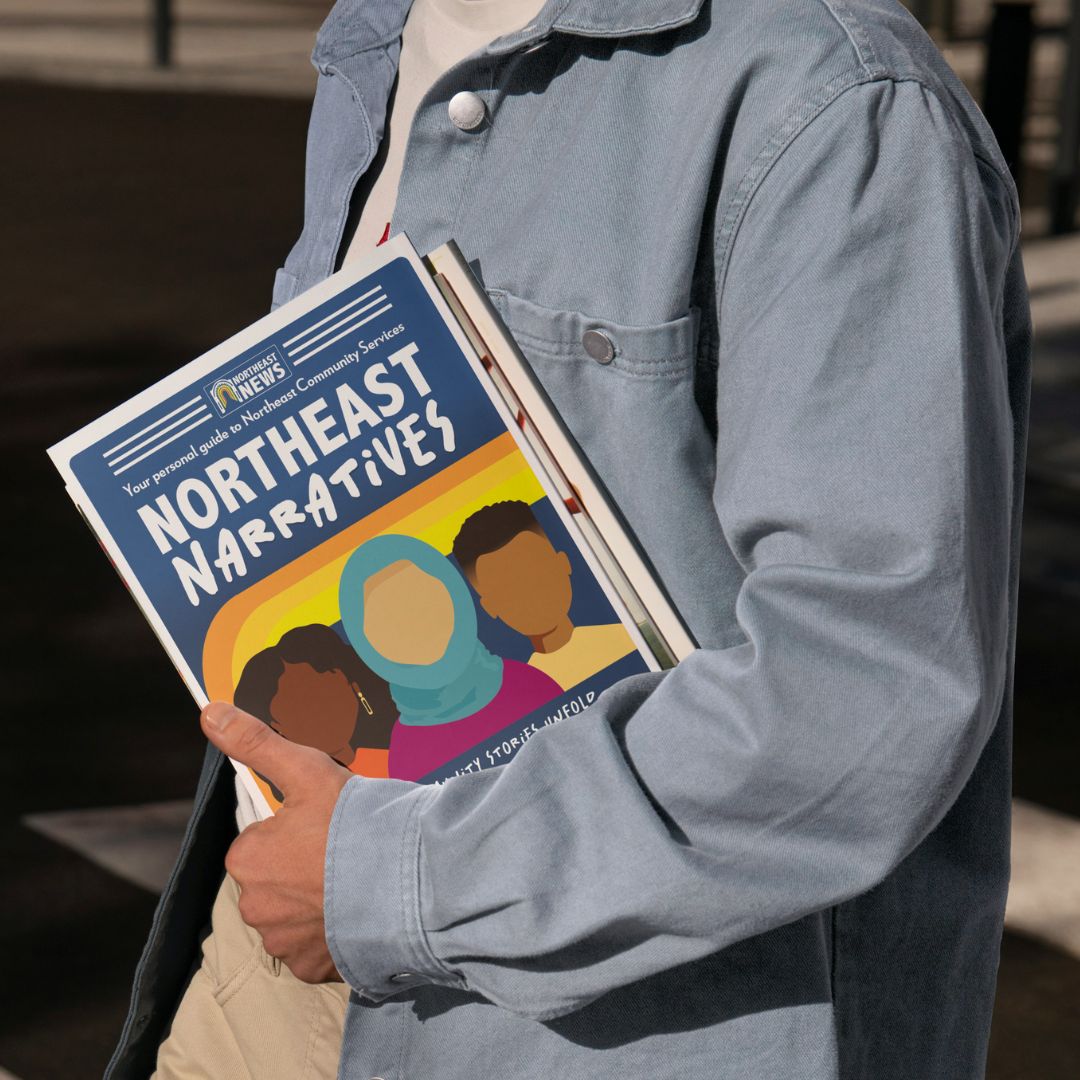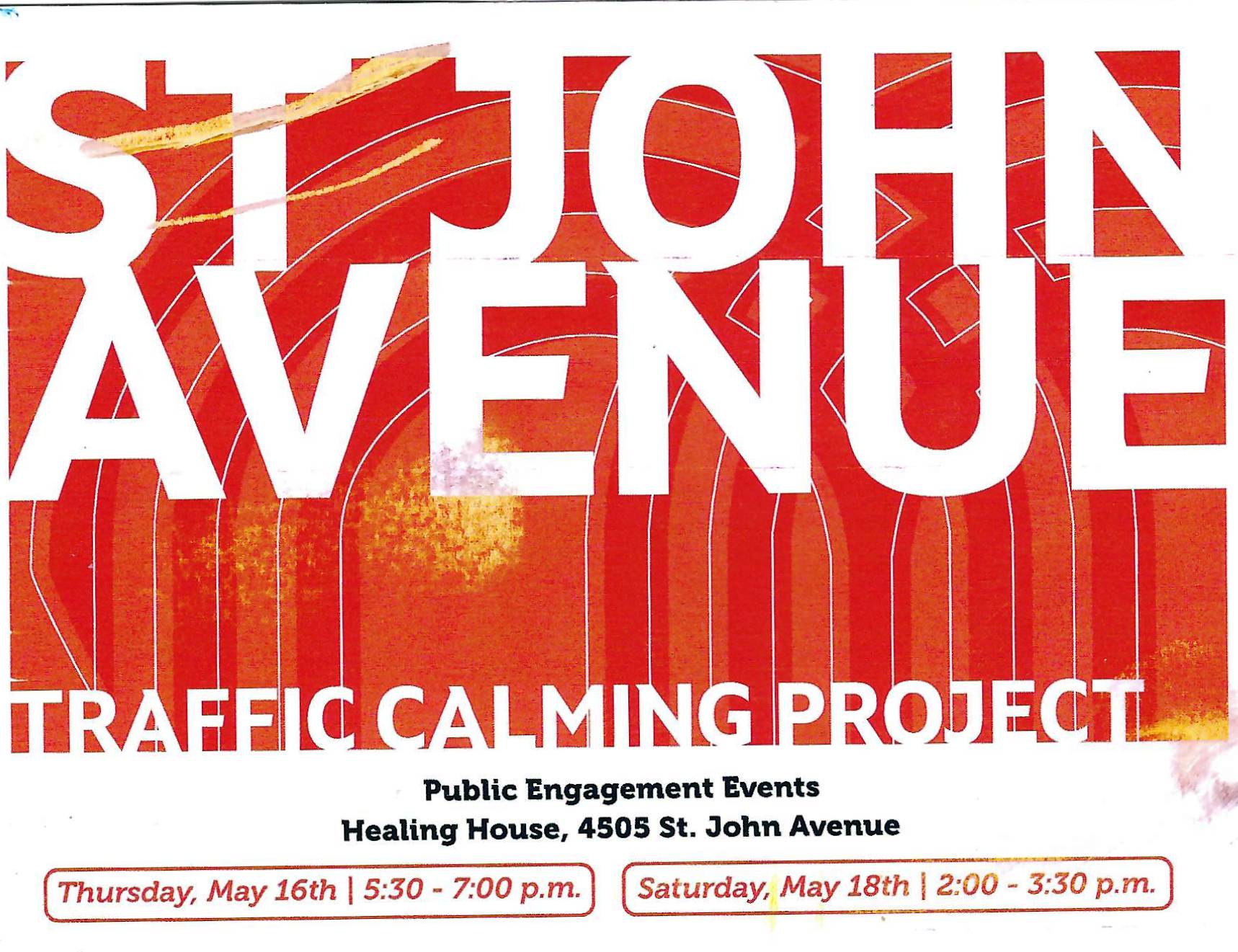
By Joe Jarosz
Northeast News
January 6, 2016
KANSAS CITY, Missouri — On Tuesday, Dec. 29, the Kansas City Police Department sent out an email about a fight that ended with a deadly shooting.
If that was the last homicide of 2015, the total will end up being 109 for the year. Of the past five years, this would be the second deadliest behind 2011’s homicide count of 111.
One day prior, on Monday, Dec. 28, representatives of Kansas City No Violence Alliance [KC NoVA] — Mayor Sly James, Jackson County Prosecutor Jean Peters Baker, U.S. Attorney Tammy Dickinson, Major Joe McHale, and Rosilyn Temple of Mothers In Charge — met with the media to discuss what happened in 2015 and how they plan to proceed in the coming year. KC NoVA utilizes focused deterrence, a tactic which identifies and targets small groups and individuals responsible for the majority of violent crime in Kansas City.
The group gathered at the Independence Boulevard Christian Church in the Historic Northeast. Just a few weeks prior, that church was the site of one of KC NoVA’s call ins, an event where the law enforcement group invites individuals identified as key members of criminal groups to meet with KC NoVA and city leaders to hear the message that violence will no longer be tolerated. At these call ins, the invited are also encouraged to apply for social services as a way to escape the criminal lifestyle.
“There’s been a lot of assessments done with the social service piece after the fact,” McHale said, adding KC NoVA has not been able to tie a homicide to the groups that were in attendance at the last call in. “Success is very hard to determine when you do a call in. Keep in mind that if we have somebody change their decision making not to make a violent act for just one day, that’s a success for us.”
This year, KC NoVA plans to refine its call in system. Instead of just inviting known criminals to any call ins hosted, leaders plan to add home visits as a way to get their message heard. Baker said they can’t always get everyone gathered together in one location, so they need to get their message to them.
“They lose their anonymity,” McHale said. “The greatest deterrent to a crime is that you’re anonymous to being caught. We know who they are and we’ll no longer tolerate them committing violent acts in Kansas City.”
By identifying the key members in criminal networks who won’t attend a KC NoVA call in, McHale noted this refined system makes KC NoVA more aggressive with their message delivery. The panel agreed that these personal visits let criminals know police know who they are and if they continue to commit violent crimes, they will be caught.
One of the reasons this group believes KC NoVA is successful is because of its strength in number and inter-agency communication. Dickinson, U.S. attorney for Western Missouri, said no one group alone can solve the homicide issues that plagues Kansas City.
“The federal resources are not communicating with the state resources and the local resources,” Dickinson said. “The F.B.I. brings an incredible amount of resources to the table, as does the A.T.F. And now that we’ve intertwined those agencies along with KCPD, I think that’s where the intelligence sharing on who the gangs and groups are that are committing homicides, that’s the key to making it a success.”
Without giving any statistics, James believes more accountability from citizens in regards to reporting crime is, and can, help with KC NoVA’s goal. Baker agreed with the Mayor’s sentiments, adding through her experience, she’s seen an engaged public who want to see a case all the way through.
“We are all here to make the community safer, but we’re not doing it alone, we’re doing it with the community,” Baker said, pointing out that sitting next to her was Rosilyn Temple of Mothers in Charge, a group of women who have lost children to homicide. “We can’t do it without them [the community].”
“The people most affected by crime and violence are tired of it,” James said. “And they’re willing to step-up and do something about it and that’s becoming more and more prevalent and I think that’s exactly what we’re looking for [with community partners].”


















